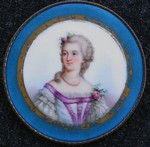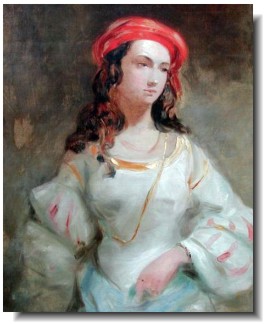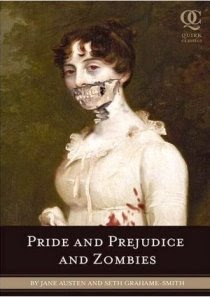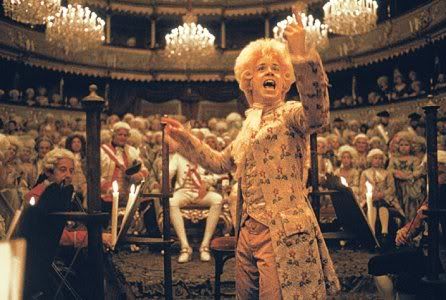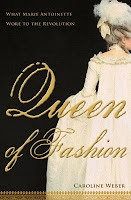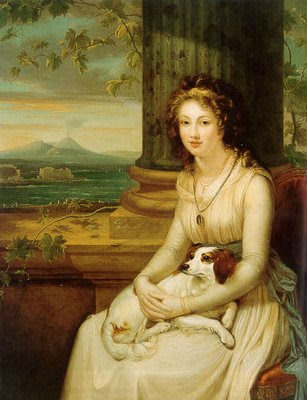 T
This wild beauty was born in Jamaica in 1771, the only child to the extremely wealthy Richard Vassall. As was common in rich families who only had a daughter, anyone who was to marry their precious Elizabeth would have to take their last name in order to receive the money that came with her. It also ensured that the family name would be carried on. Because of her upbringing on the tropical island, Elizabeth developed a fondness for the exotic and penchant for discovery. She "devoured" books and was absolutely fascinated by science; specifically geology and chemistry. Elizabeth also had a sunny personality but was known to be blunt in her opinions and ambitious. Her one weakness was thunderstorms which she remained deathly afraid of throughout her life. Even lighting many candles and not even having one inch of widow showing in order to avoid seeing lightning.
When it came time for Elizabeth to marry, her parents settled upon a baronet in England, Sir Geoffrey Webster who just happened to be 23 years older than fifteen year old Elizabeth. The teen was carted away to the opposite hemisphere to become mistress to the imposing
Battle Abbey, it must have been quite the shell shock for a plantation girl from Jamaica.
Sir Geoffrey himself was no prize. He was a depressed fellow (quite opposite from his young bride) who was prone to jealousy, drink, and gambling. Children followed the marriage but so too did physical abuse. It wouldn't be risky to say this could have been the result of Elizabeth's stubborn, acid-tongue ways. She was not the type of lady to refrain from defending herself or at least stating her opinions! Sir Geoff also came with baggage: his mother. Elizabeth hated the old bag. The feeling was reciprocated. Open warfare soon developed between the two Lady Websters. Elizabeth would inquire daily as to whether the "old hag was dead yet."
Harsh! She would also try and scare her out of the house with ghostly pranks. There is even a story of Elizabeth going so far as to stage a prank that the French had invaded the cost, employing friends and such, dressed as commoners, to run toward the abbey with carts, screaming bloody murder. The dowager Webster invited them in for food and drink and told them to let the French know they would be treated the same and she could be found there until her death.
Ha!Is it any surprise then, that Elizabeth was always begging her

husband to travel? He was a stick in the mud, and therefore never interested as leaving the house which Elizabeth saw as her prison. By 1791 Elizabeth was finally satisfying her need to travel, sometimes with her husband and sometimes without. It was in her travels on the continent that she met up with
Harriet Lady Duncannon and the two women became fast friends. Despite their different temperaments they had a common interest in (Whig) politics and partying. While abroad the broads traveled, partied, and flirted together in what appears to have been a really fun time. It also just happened to be where they both met the men they would come to cheat on their husbands with.
At first it was Granville Leveson-Gower who was constantly flirting with Elizabeth. But when his attention was turned to Harriet, Elizabeth began paying more attention to her suitor, Henry Richard Fox, Baron Holland. Like
Caroline Lennox with Henry's grandfather before him, Elizabeth initially found Henry to be "not in the least bit handsome" and with many "personal defects." But you know how those Foxes are, women can't resist them! Henry's rakish father died when he was a baby so he was raised by his uncle, Charles James Fox, which should be explanation enough into his personality. Soon the gay party (Elizabeth, Harriet and the boys) were taking fun day trips and exploring together, prompting love to bloom between the couples. When Elizabeth finally was ready to return to England and her husband in 1796 she was accompanied by Henry. Later that year she gave birth to his baby and soon a divorce proceeding was underway.
At first Sir Geoffrey was enraged about being cuckolded. Then he would claim that he would go through with the proceedings, then he would be angry again, then he would claim he still loved Elizabeth. It just got ridiculous when he began considering a duel with Henry, not for banging his wife but for commissioning Romney to paint a portrait of her. At last it was decided that he would divorce Elizabeth, and what a doosey he presented her. She had to give up her whole fortune and children, only to receive a mere £800 a year and that was on top of suing Henry for £10,000 in damages (which was later decreased). Perhaps anticipating the disastrous divorce, Elizabeth had written to her husband on her way back from the continent to inform him that their daughter Harriet had died of measles. This was a desperate act of a mother, done in order to stay with her two year old daughter. The trick worked but Elizabeth was in constant fear of discovery. Meanwhile, she was denied any access to her other children.
Now a fallen woman Elizabeth was scared at her prospects and that of her baby. Luckily, Henry loved her and married her. Polite society excommunicated Elizabeth but as they tended to do with their fallen friends, Harriet and Georgiana remained loyal and continued to see Elizabeth. Eventually her home, Holland House, became the next Devonshire House, a political epicentre. Like a captain running a tight ship, Elizabeth relished her role as political hostess, and even began to rival Georgiana. The scandalous couple, in the tradition of
all Foxes, had a happy marriage and threw fabulous parties. She died five years after her husband, in 1845 after bearing tremendous death pains for three days. Proving, once again, that she was a tough broad even up to the end.















